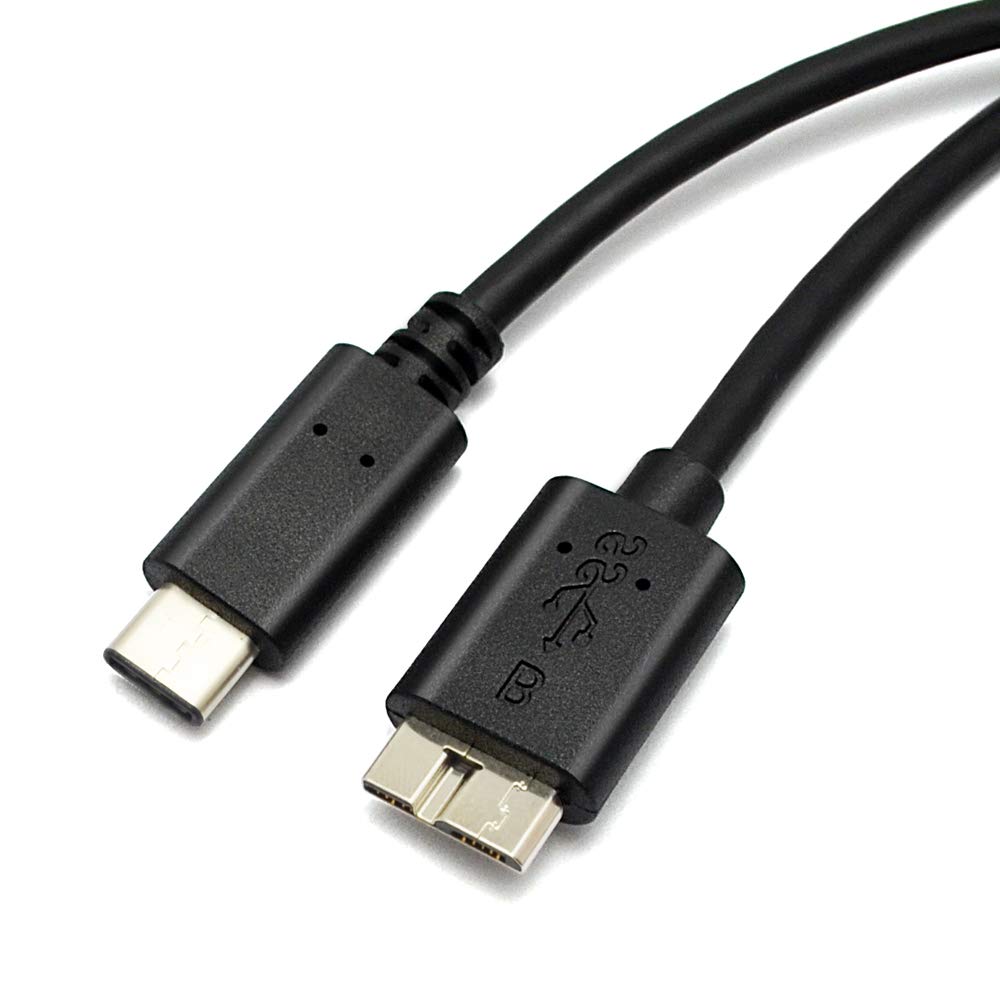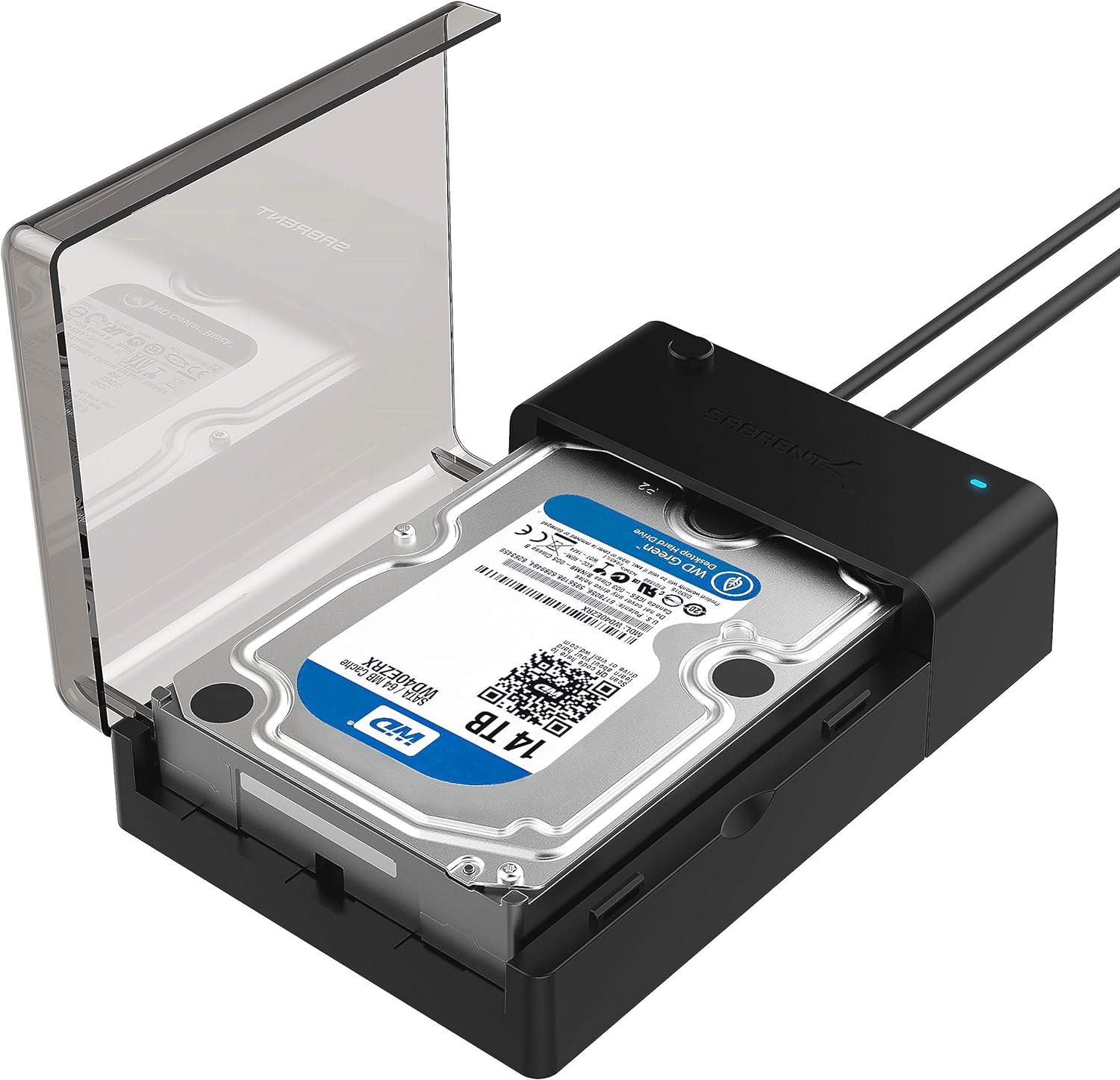Having trouble with your Windows 10 external hard drive not showing up? Here’s how to fix it.
Check the Drive’s Connection and Power

First, ensure that the external hard drive is properly connected to your computer. Use a different USB port or cable to rule out any connection issues.
Next, check if the drive is receiving power by looking for any LED indicator lights on the drive. Make sure the power supply is functioning correctly.
If the drive still doesn’t show up, try plugging it into a different computer to see if it’s recognized there. This can help determine if the issue lies with the drive itself or your computer.
If the drive is still not showing up: consider checking the Device Manager in Windows 10. Look for any unrecognized devices or driver errors related to the external hard drive.
If you suspect a hardware issue, you can try running CHKDSK from the Command Prompt to check for any file system errors. This can sometimes fix issues with unrecognized drives.
Use Disk Management to Assign a New Drive Letter
| Step | Description |
|---|---|
| 1 | Open Disk Management by pressing Windows key + X and selecting “Disk Management” from the menu. |
| 2 | Locate your external hard drive in the list of drives. It may appear as unallocated or without a drive letter. |
| 3 | Right-click on the external hard drive and select “Change Drive Letter and Paths…” |
| 4 | Click on “Add” and choose a new drive letter from the dropdown menu. |
| 5 | Click “OK” to assign the new drive letter to your external hard drive. |
| 6 | Your external hard drive should now appear in File Explorer with the new drive letter assigned. |
Troubleshoot with the Windows Hardware and Devices Tool
One way to troubleshoot an external hard drive not showing up on Windows 10 is by using the Windows Hardware and Devices tool. To access this tool, follow these steps:
Firstly, press the Windows key + X on your keyboard to open the Power User menu. From there, select Device Manager to open the Device Manager window.
In the Device Manager window, look for your external hard drive under the Disc drives section or USB section. If you see a yellow exclamation mark next to the device, it indicates a problem. Right-click on the device and select Update driver to see if there are any available updates for the driver.
If updating the driver does not solve the issue, you can also try running the Windows Hardware and Devices troubleshooter. To do this, go to Settings > Update & Security > Troubleshoot and select the Windows Hardware and Devices troubleshooter.
Follow the on-screen instructions to allow the troubleshooter to detect and fix any issues with your external hard drive. This tool can help identify and resolve common hardware problems that may be causing the drive not to show up on your Windows 10 system.
Update or Reinstall Device Drivers
First, right-click on the Start button and select “Device Manager” from the menu that appears.
In the Device Manager window, locate your external hard drive under “Disk drives” or “USB controllers.”
Right-click on your external hard drive and select “Update driver” from the context menu.
Choose the option to search automatically for updated driver software. Windows will then search online for the latest driver updates for your external hard drive.
If Windows is unable to find a suitable driver update, you can also try reinstalling the driver. Right-click on your external hard drive in Device Manager and select “Uninstall device.” Then, unplug your external hard drive and restart your computer.
After your computer restarts, plug in your external hard drive again. Windows should automatically reinstall the driver for your external hard drive.
If your external hard drive still does not show up, you may need to manually download and install the latest driver from the manufacturer’s website.
Run the Chkdsk Utility
1. Connect your external hard drive to your computer.
2. Open the Command Prompt by searching for “cmd” in the Windows search bar and selecting “Run as administrator.”
3. In the Command Prompt window, type chkdsk /f X: (replace “X” with the drive letter assigned to your external hard drive) and press Enter.
4. If prompted to schedule the disk check for the next restart, type “Y” and press Enter.
5. Restart your computer to allow Chkdsk to scan and repair any errors on the external hard drive.
6. Once the process is complete, check if the external hard drive is now showing up in File Explorer.
7. If the issue persists, consider checking the disk partitioning and data recovery options for further troubleshooting.
By running the Chkdsk utility, you can potentially fix any errors causing your Windows 10 external hard drive not to show up, allowing you to access your data without experiencing data loss.
Test the Drive on Another PC or USB Port
If the external hard drive shows up on another PC or when connected to a different USB port, then the problem may lie with the original computer’s USB port. In this case, you may need to troubleshoot the USB port on your computer or try using a different port.
On the other hand, if the external hard drive still does not show up on another PC or when connected to a different USB port, there may be an issue with the drive itself. You can try running a disk check or data recovery tool to see if you can access the files on the drive.
Testing the drive on another PC or USB port is a simple way to narrow down the cause of the issue and determine the best course of action for fixing the problem.
Format the External Hard Drive

Locate your external hard drive in the list of available disks. Right-click on the drive and select “Format.” Follow the on-screen instructions to format the drive with the desired file system and allocation unit size.
If the external hard drive still doesn’t show up after formatting, it may be a driver issue. Update the device driver by right-clicking on the Start button, selecting “Device Manager,” finding the external hard drive under “Disk drives,” right-clicking on it, and selecting “Update driver.”
If updating the driver doesn’t work, try using a different USB port or cable to rule out any connection issues. You can also try connecting the external hard drive to another computer to see if it shows up there.
In some cases, the external hard drive may not be getting enough power. Try using a powered USB hub or plugging the drive into a different power source to see if that resolves the issue.
Frequently Asked Questions
How do I get Windows 10 to recognize my external hard drive?
To get Windows 10 to recognize your external hard drive, plug it into your PC using its USB cable and open File Explorer by typing This PC into the search bar. If the hard drive doesn’t show up, check the cable and USB port for issues, as well as the possibility that the drive is dead.
Why is my computer not detecting my external hard drive?
Your computer may not be detecting your external hard drive due to power supply issues, an unstable or corrupt drive, or incompatible or outdated drivers.
Why is Windows no longer recognizing my external hard drive?
Windows is no longer recognizing your external hard drive due to potential partition issues, incorrect file system, dead USB ports, or driver problems. Try re-plugging the external hard drive to see if it appears.
How do I fix Windows 10 not detecting my hard drive?
To fix Windows 10 not detecting your hard drive, you can try using Disk Management, checking Device Manager under Disk Drives, running a diagnostic, checking the USB category, ensuring all updates are installed, attempting a system restore, and testing the device on another computer.
